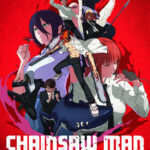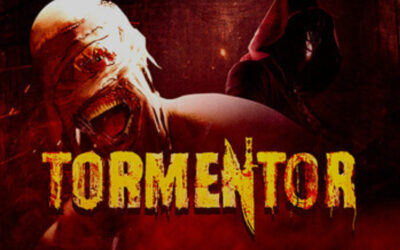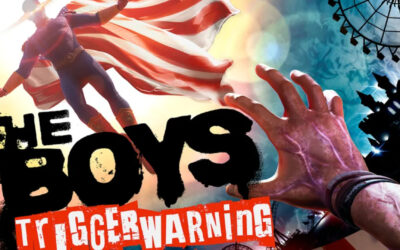The fact the horror theme is popular among bingo players isn’t up for debate. In the last, five to ten years, more and more releases have featured the genre as its central feature. For instance, go to a betting platform and you’ll find everything from “Ghosts of Christmas” scratch cards to “Shaman Spirit.”
Still, this doesn’t solve the mystery concerning how the topic became such an integral part of the industry and why it’s taking over. For more on that, please keep on reading.
Audiences Demand Modern Genres
When bingo was enjoyed by seniors and older people, the releases centered around the themes that resonated with them the most, such as sports and ancient Egypt and Greece. But the demographic of the game has been steadily falling, with young adults now the market leaders regarding the people who play the most.
As a result, they want cool and fresh topics that are engaging, and horror is at the top of the list, which means libraries are diversifying. Betfair, a leader in the bingo sector, is a fantastic example because its website now offers titles like Galactic Girls Jackpot and Vlad’s Castle to appeal to its wide customer base. The fact that these games are combined with jackpots that result in higher winnings only adds to the excitement for users, particularly as the odds of winning a jackpot at bingo are listed for each game, with many displaying a return to player of over 90%. With horror releases synonymous with fun and success, it’s no wonder that bingo providers are moving quickly to develop games that will stand out. This is especially the case now that the demographic of the average bingo player is more millennial than ever,
and younger adults are more connected with adrenaline-fueled themes.
This example of a leading bingo platform tweaking its products to appeal to its new audience
highlights why different genres are not only becoming more accessible but also gaining
popularity. It’s a trend you shouldn’t expect to end anytime soon.
The Way People Consume Bingo Isn’t the Same
In the 1960s, it would have been unthinkable for bingo players to have enjoyed a game
without going to their favorite clubs and halls. Today, it’s the norm because a quick internet
connection and a mobile device will connect you to a provider in seconds. That’s one way the
consumption of the game has evolved recently.
There is another – bingo as a vehicle for choice. With young adults dominating the landscape, the activity is now a significant part of popular culture, not just from the references and scenes you see in movies, but through the way ordinary men and women adjust bingo to help them have fun. For example, lots of people choose to weave in the movies and TV shows they watch, including horror films and series, by creating a movie-based game of bingo.
Horror Movie Bingo, where you and your friends search for lines and scenes synonymous with the genre while watching a horror movie, has even made it onto Steam’s store. That’s how different the consumption of a classic institution is today.

Source: Pexels
All games need to be tech-friendly if they are going to survive and thrive. Without the ability
to accommodate new technology, titles will lose out to their rivals, the ones that prioritized
compatibility over everything else.
Bingo won’t fall into this category because it’s been optimized to ensure that players can include add-ons to make the games more enjoyable. Oculus, for example, already has a bingo VR product that is horror-related. In it, you’re tasked with playing the game of Bingo! to drive invading aliens back to their homeworld.
Of course, the most important feature is the life-like nature of the equipment. VR is so real
that it feels as if you can almost touch the characters and graphics. This makes most releases
incredible, but it takes the player experience to another level when horror is involved as your emotions are very visceral.
There are several reasons why horror is a theme that is increasingly popular and accessible
among the bingo industry, and it’s down to its connection with technology, the way people
use it within pop culture, and changing the game’s demographics.
Featured image by Pexels














